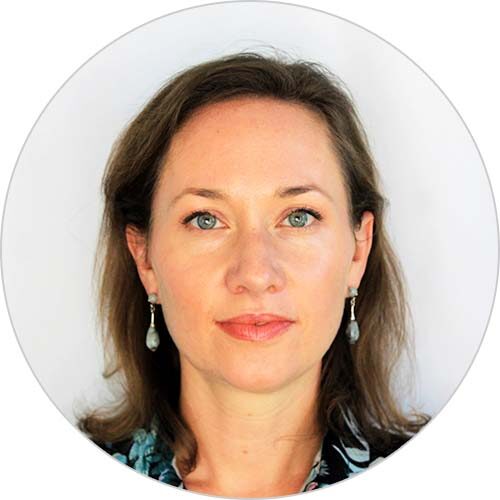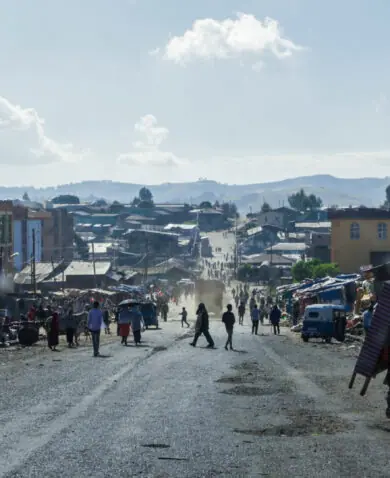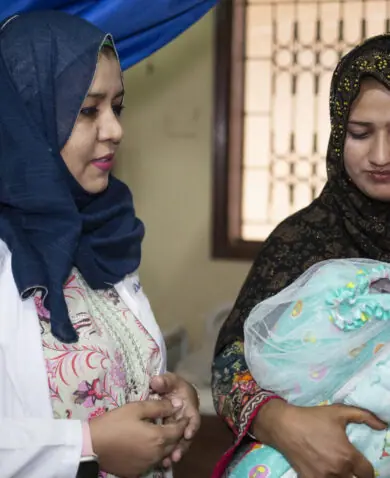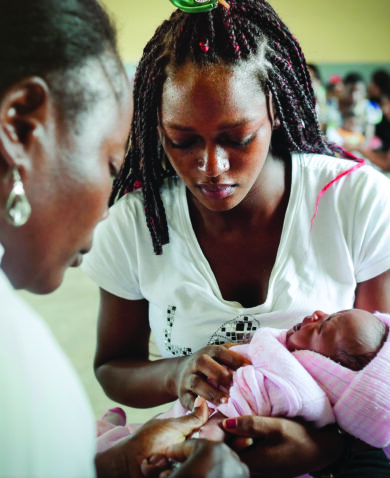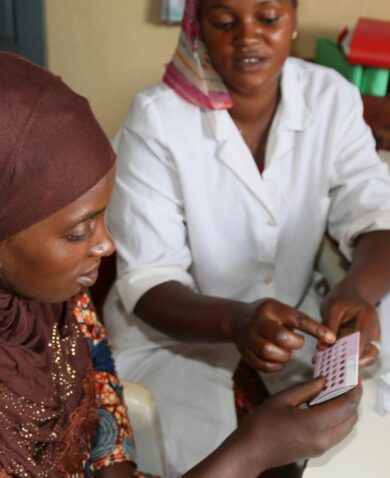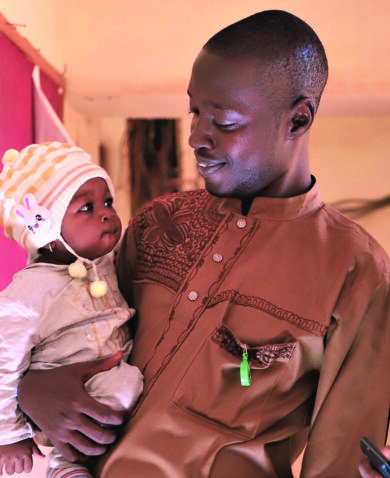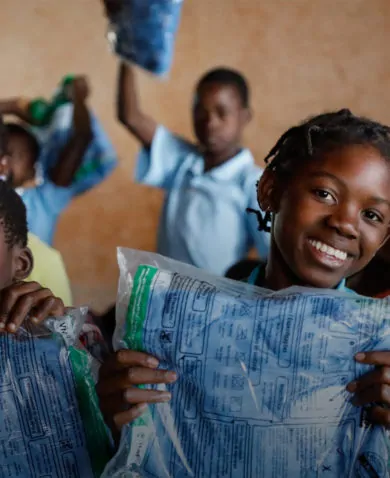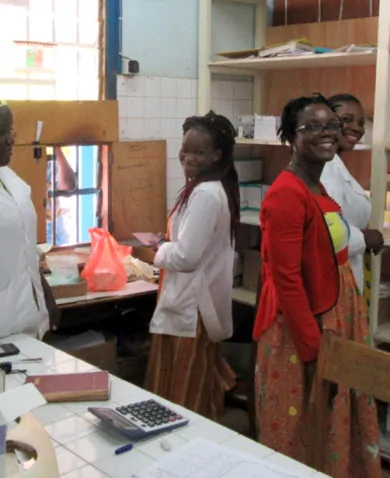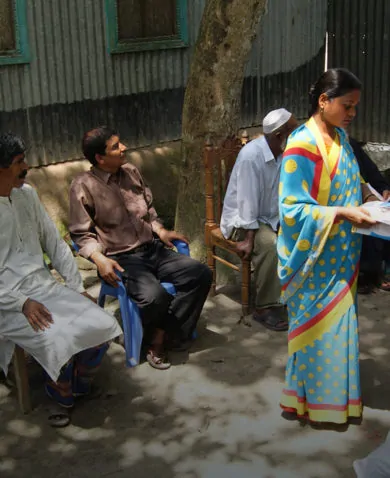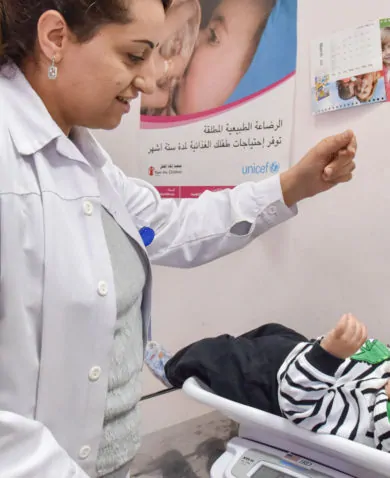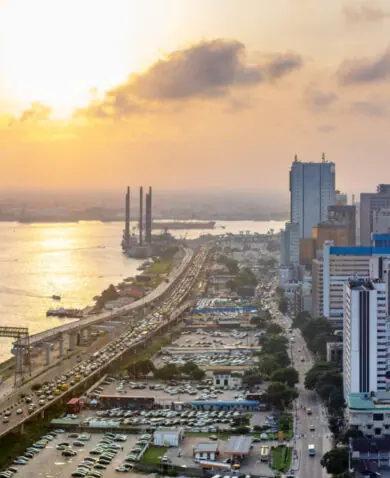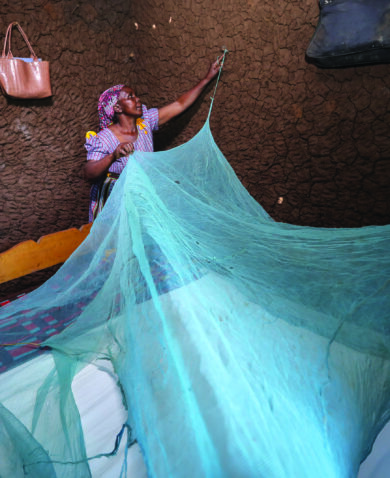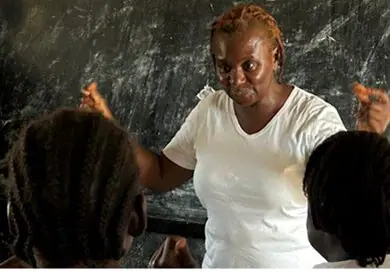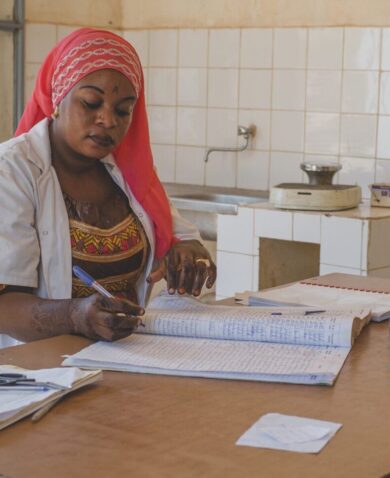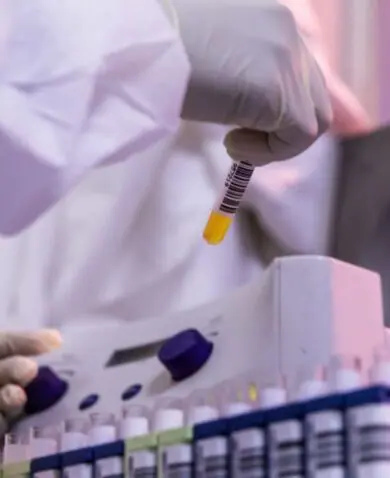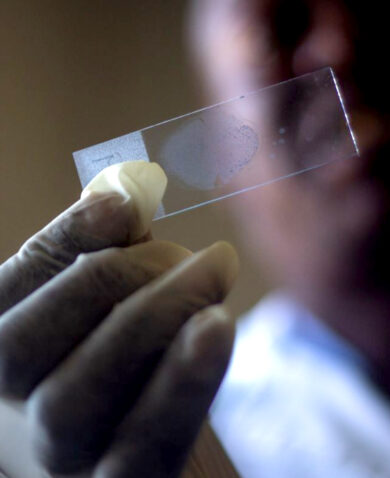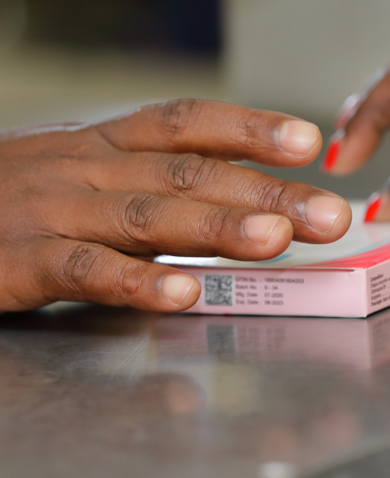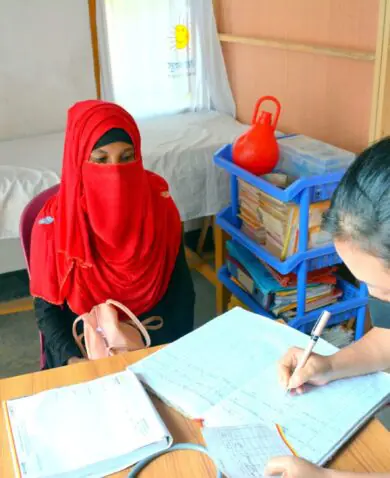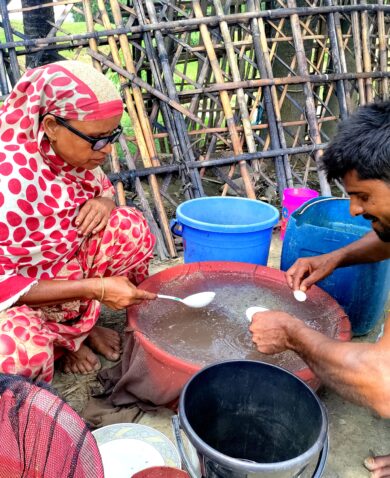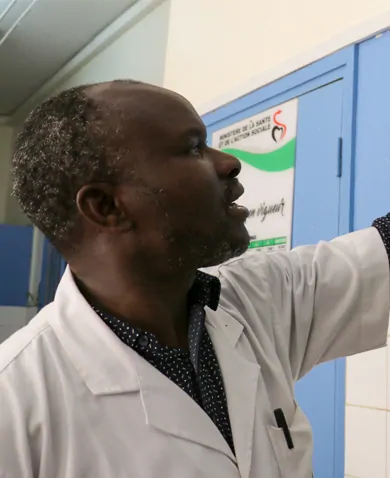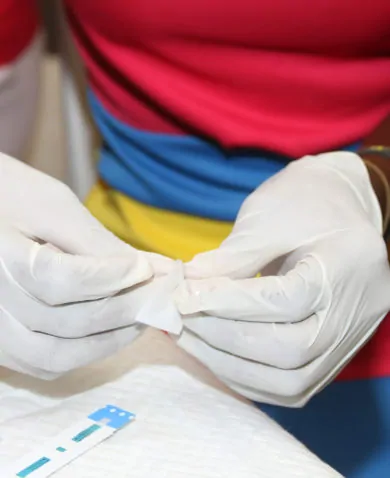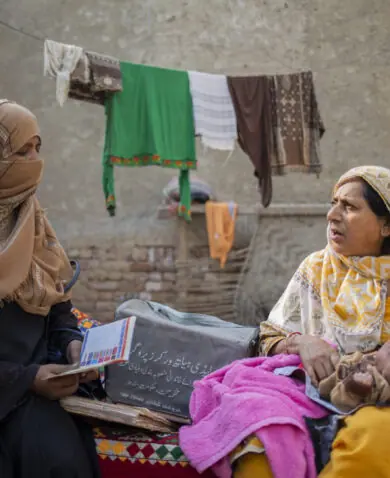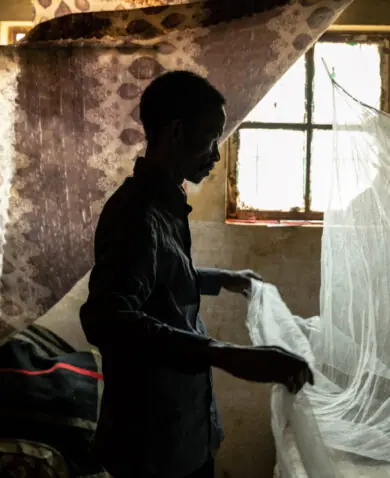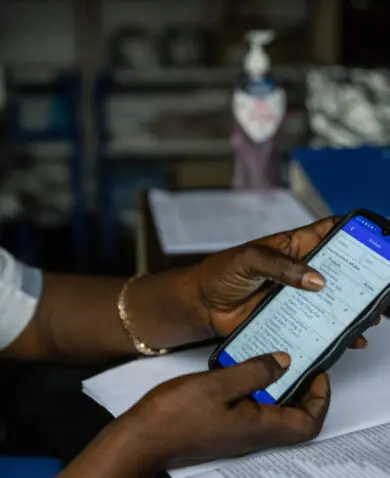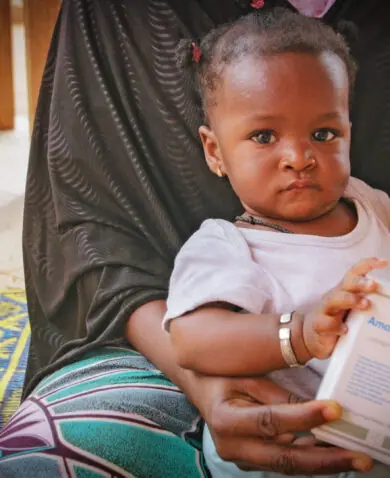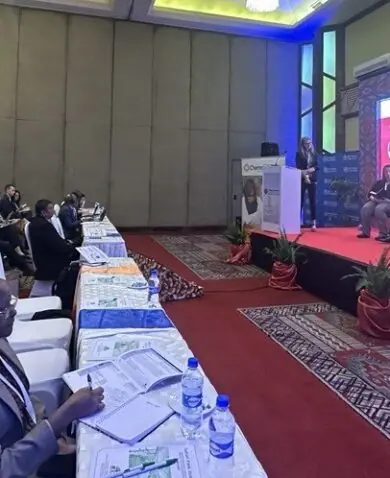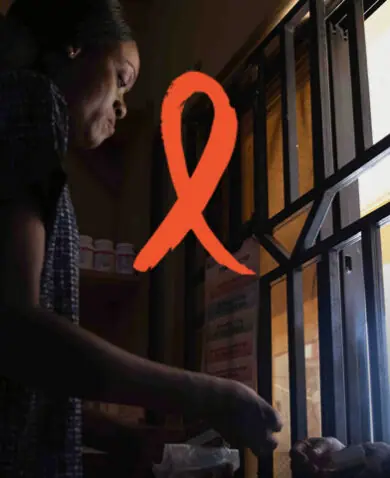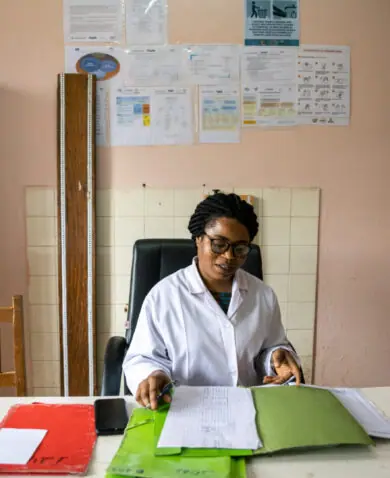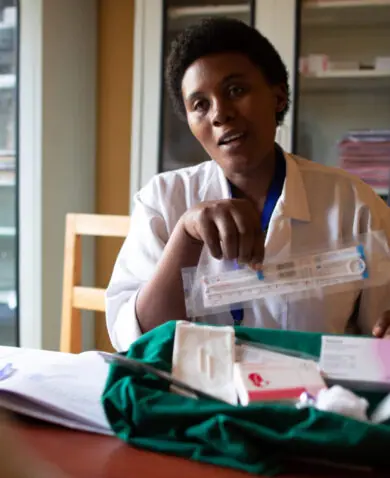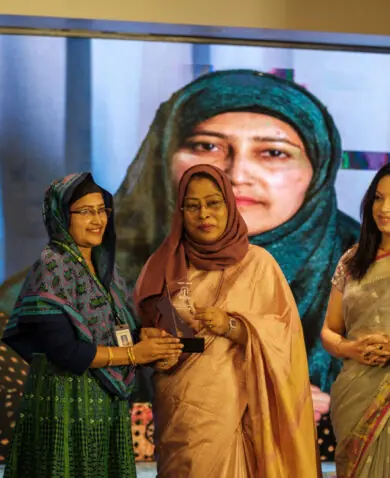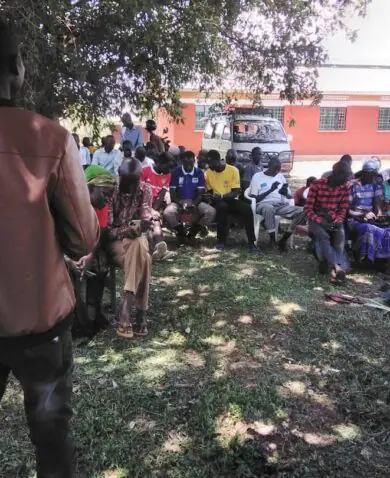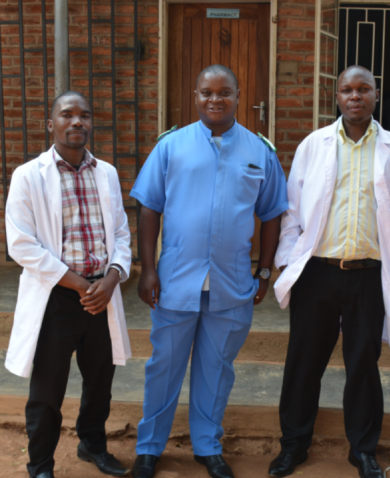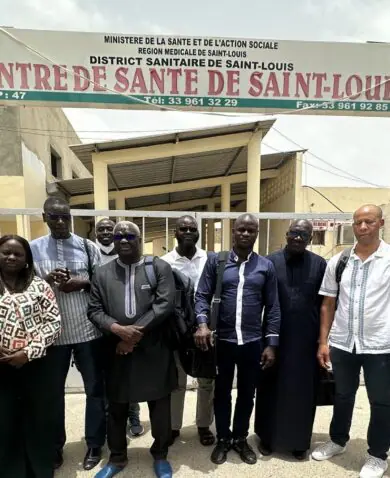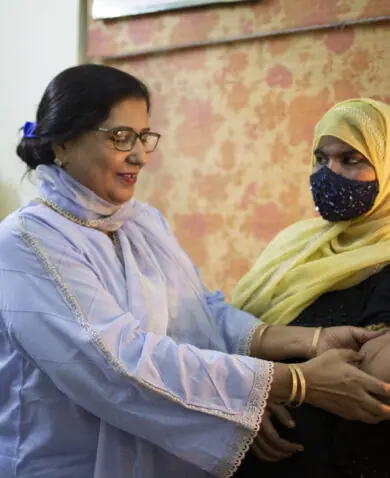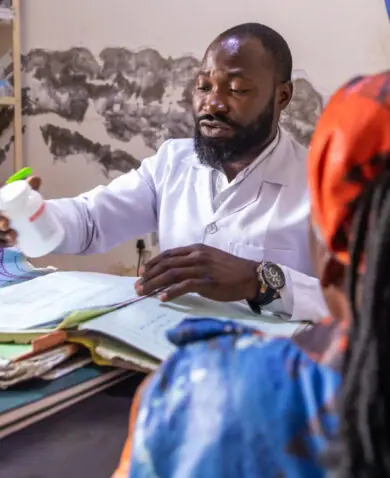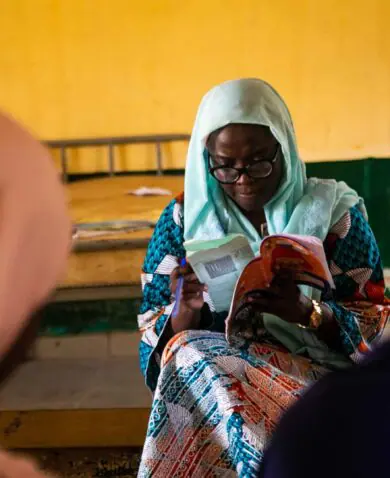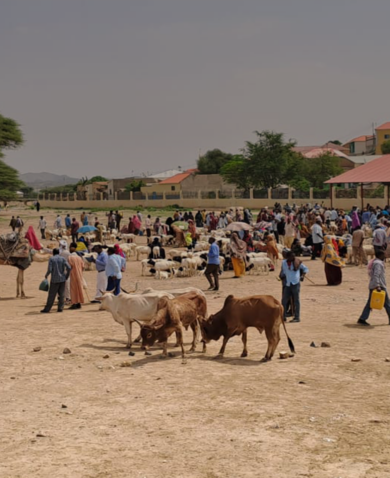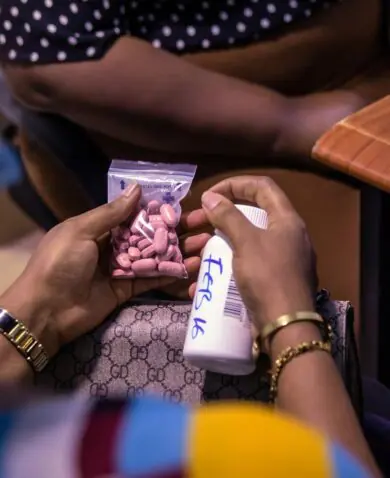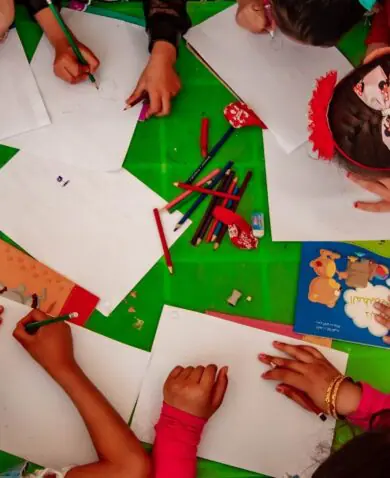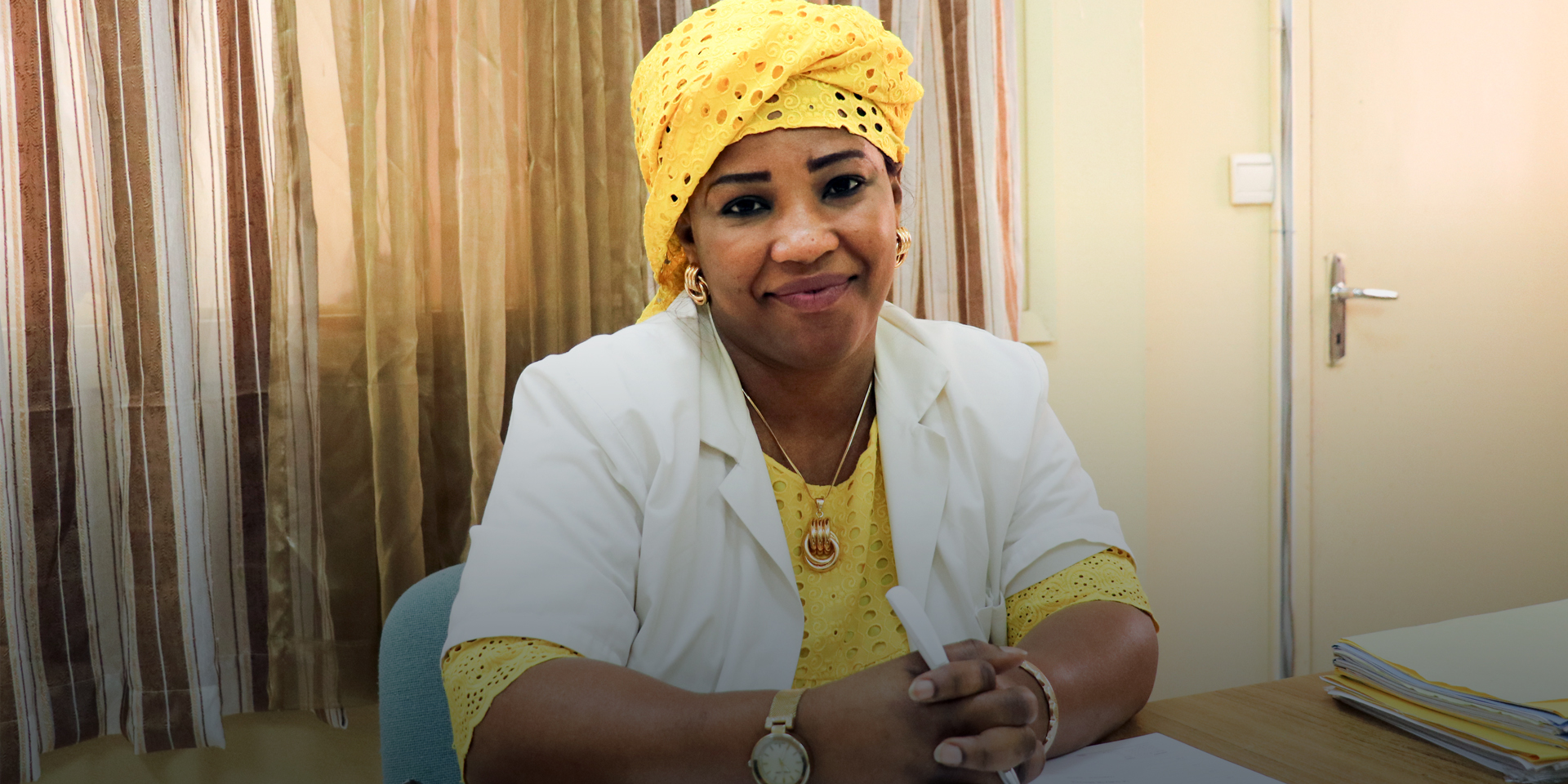
“Imagine All the People” Living Healthy Lives: Personal Reflections on Themes from HSR2018
November 16, 2018 | 4 Minute ReadThe recent Symposium on Health Systems Research called on global health professionals to think critically about what it will take to achieve the dream of health for all. Rachel Deussom believes primary health care services that espouse health promotion and prevention are the way.
Last month was a magnificent culmination of events for us global health dreamers, with the Fifth Global Symposium on Health Systems Research (HSR2018) taking place in Liverpool, United Kingdom, the birthplace of the Beatles. Raised on my parents’ Fab Four vinyls, I walked along the River Mersey with John Lennon’s lyrics in my head.
The symposium’s grand theme was “Advancing Health Systems for All in the SDG Era.” There were four sub-themes:
- renewed multisectoral action;
- engaging the private sector for universal health coverage;
- leaving no one behind; and
- community health systems.
From a public health perspective, how can health systems strengthening (HSS) help achieve health for all? HSS should support the delivery of high-quality, evidence-based, community-owned primary health care (PHC) services that espouse public health principles of health promotion and prevention.
1. For multisectoral action, consider how the social determinants of health reach beyond the health sector. Building on post-HSR2018 reflections from Center for Global Development Chief Operating Officer Amanda Glassman, we need to reorient HSS away from health care services and back to the root causes of disease, disability, and non-health. These causes are entangled in our environment, the economy, our education, and other factors shaping our experience.
For example, I supported HIV-positive youth in Northern Cameroon for a decade with interventions that were not classified as health care services but, nonetheless, improved health outcomes. By sensitizing families against misinformation and stigma, I was able to encourage family members to support their HIV-positive loved ones to enroll on life-saving HIV treatment. The youths then became powerfully effective peer educators and developed income-generation activities that enabled them to eat well, pay for school fees and viral load tests, and contribute productively to their communities. Finally, they mobilized through networks, coordinating with treatment units to help deliver medicine to patients who could not pick it up themselves. This was a multisectoral differentiated care innovation before its time!
2. Incentivize the private sector for prevention and positive health outcomes. Health systems need more players to reconfigure service models away from the costlier (read: more profitable) curative packages and toward first-line prevention. We need more examples of partnerships for public purpose (i.e., where private companies can think beyond short-term profits to how they could make broader social and societal contributions) to show the economic and political benefits of primary health care.
A few years ago, I lost a Cameroonian uncle to prostate cancer, despite the disease being one of the most treatable cancers with timely detection. Nothing drew him in for the standard, age-appropriate screenings that would have undoubtedly identified the disease early and improved his outcomes. Instead, he drained his life savings combatting his illness, and he suffered needlessly. Non-communicable diseases are the number one cause of death and disability worldwide, so there is urgency for us to collectively address them. If there had been a small incentive — such as a promotional campaign or rate discount through his private insurance — to get routine cancer screenings, perhaps my uncle’s fate would have been different.
3. Recognize the special effort required to leave no one behind. Public health values are rooted in equity for the marginalized and underserved — in geographical or societal terms. Reaching these communities with interventions that promote health and prevent disease is more cost-effective than reacting with curative and rehabilitative measures. However, promotive and preventive measures for these communities may not be cost-effective compared to these same interventions targeted to more proximate populations. We need to recognize that an equity-focused approach is not usually cost-effective, but it’s necessary. We will not attain the SDGs without reducing inequity.
As a Peace Corps volunteer, I once traveled to a place more remote than many have ever been. I traveled eighteen hours by rail from the capital to a provincial hub, then eight hours further to a small village. I traversed grassy hillsides for days, showing nomadic families how to build improved cook stoves that economize firewood and protect them from smoke exposure. In one village, the chief called me to his hut. With his very pregnant wife beside him, he told me she was in a lot of pain. Never had I felt so useless as I calculated the distance and cost of taking the route to the nearest health post. This woman needed access to a well-trained health worker to give her comprehensive antenatal care, identify potential risk factors, and prepare her for birth before an urgency arose. I don’t know what happened to the chief’s wife and their unborn child, but her story convinced me of the need to strengthen rural referral systems for safer deliveries.
4. Community health systems should be for the people and by the people. As the technical director of the USAID HRH2030 (Human Resources for Health in 2030) program, I’m thrilled that the World Health Organization’s Community Health Worker (CHW) Guidelines officially recognize the essential role that community-based workers play to support HSS in terms of quality, relevancy, and accountability. Both formal and informal CHWs, as well as other local health actors — facility management committees, mothers’ groups, and traditional authorities — can all be important messengers of public health principles.
When I worked in post-Ebola Sierra Leone, I helped capacitate facility management committees to ensure that health post renovations, such as solar panels and water pumps, remained functional. The committees saved funds to pay for a local repair or could notify district managers so local councils could allocate the money. Comprised of men, women, youth, Ebola survivors, pregnant mothers, and the disabled, their members consulted all communities within the facility’s health service area. They sought to develop trust between health workers and people seeking care. Imagine if these strong community mechanisms had been in place when Ebola arrived!
Global health practitioners should recognize that for public health challenges old and new — for persistent infectious diseases, new and emerging threats, and growing non-communicable diseases —the proverbial ounce of prevention can support a higher quality of life and productivity. It is more cost-effective than waiting to dole out that pound of cure. The Astana Declaration affirms our collective aspiration since Alma-Ata four decades ago: health is a human right for all people.
In the words of John Lennon, “You may say I’m a dreamer, but I’m not the only one.” In this renewed era of multisectorality, diversity, inclusivity, and community, HSR2018 inspired many. May we revisit public health principles to take forward these health systems strengthening approaches to ensure health for all.
Posts on the Chemonics blog represent the views of the authors and do not necessarily represent the views of Chemonics.

